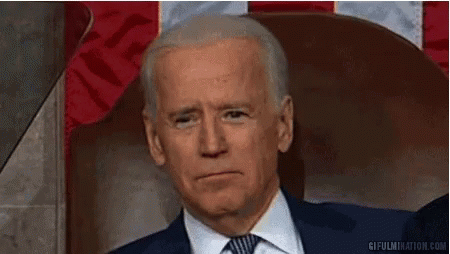Consumer Reports found in May that electrifying the entire U.S.*light-duty vehicle fleet by 2050 would require less than 1% growth per year in electricity generation. The report found that if 25% of the entire U.S.*passenger vehicle fleet was electric by 2032, the grid could meet that demand by only experiencing a 6% growth in electricity generation.*
Lindsay Buckley, spokesperson for the California Energy Commission, said last year that EV charging accounted for less than 1% of the grid's total load during peak hours. By 2030, that number is expected to be around 5%, a*“small amount” of added demand.*
While highlighting electrification subsidies, the report ignores those subsidies that exist for fossil fuels. According to an August study by the International Monetary Fund, fossil fuel subsidies surged to a record $7 trillion last year.*
The IMF projected that if these existing fossil fuel subsidies were scrapped, 1.6 million premature deaths could be prevented and the world could get a little closer to achieving its global warming targets.*
"If governments removed explicit subsidies and imposed corrective taxes, fuel prices would increase," the IMF wrote. "This would lead firms and households to consider environmental costs when making consumption and investment decisions. The result would be cutting global carbon-dioxide emissions significantly, cleaner air, less lung and heart disease, and more fiscal space for governments."




